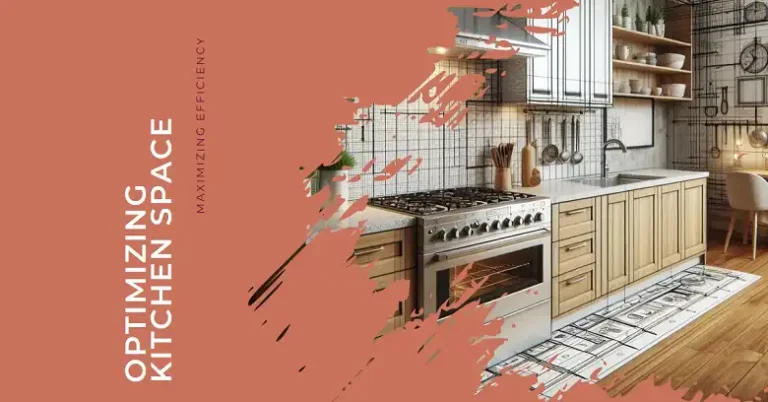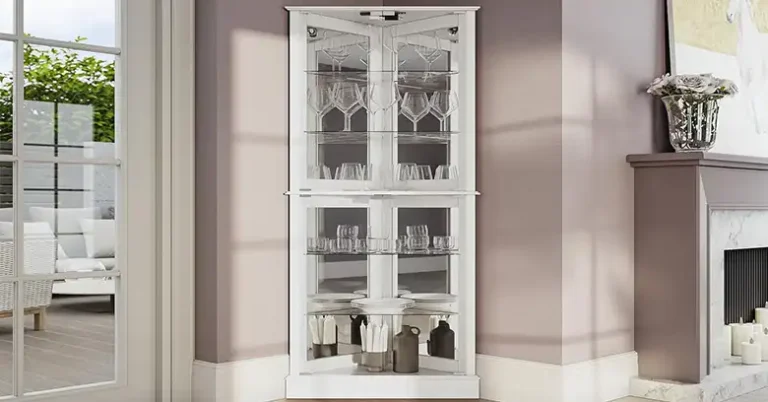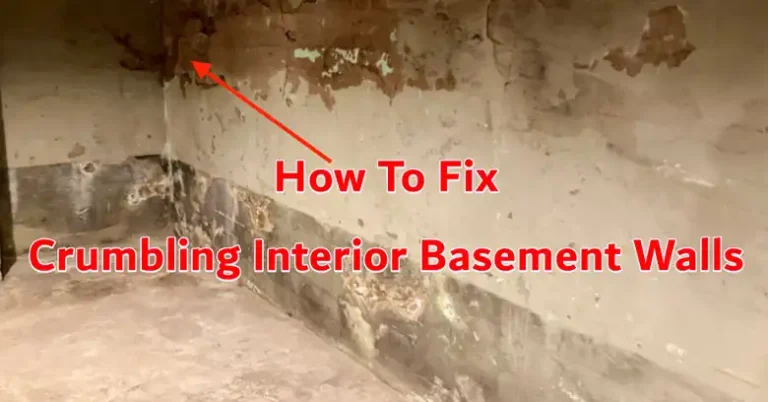Brickmold Vs No Brickmold Windows
Windows play a crucial role, not only in determining the overall aesthetic but also in influencing the functionality and energy efficiency of the space. As homeowners or builders, one of the key decisions you’ll face is whether to opt for windows with brickmold or those without.
Brickmolds add a layer of durability to your doors and windows, but installation might pose a challenge, depending on your window position and a bunch of other factors.
This article will shed light on the intricate details of this choice, empowering you to make an informed decision tailored to your specific needs and preferences.
Brickmold Vs No Brickmold: A Quick Comparison
First off, here’s a quick comparison table comparing the two:
| Feature | Brickmold Windows | No Brickmold Windows |
| Aesthetic | Traditional, architectural detail, customizable styles | Clean, modern, seamless look |
| Curb Appeal | Enhances curb appeal, potentially increases resale value | Better suited for contemporary designs |
| Protection | Added barrier against moisture, wind, and pests | Increased risk of water infiltration and air leaks without proper flashing |
| Energy Efficiency | Improved insulation and air sealing around window frame | Potential for air leaks and heat transfer |
| Structural Stability | Provides additional support, reduces window warping | May require extra reinforcement |
| Upfront Cost | Higher material and installation costs | Lower upfront costs |
| Long-term Costs | Reduced maintenance and repair costs | Increased potential for water damage and pest issues |
| Maintenance | Periodic cleaning, painting/staining (for wood) | Minimal maintenance if properly installed |
| Installation | Specialized skills required, more complex process | Generally straightforward, suitable for DIY |
| Climate Considerations | Beneficial in harsh weather conditions | Challenges in high moisture or extreme temperatures |
Now let’s break down the table and take a detailed look at things across various categories.
Aesthetics

With Brickmold
Brickmolds, also known as exterior window casings, are trim pieces that extend beyond the window frame, creating a visually appealing and architecturally distinct look. These decorative elements come in a variety of styles and materials, from classic wood to modern PVC and aluminum, allowing you to enhance your home’s curb appeal and complement its architectural style. Whether you have a traditional colonial home or a contemporary masterpiece, brickmolds can be customized in color, profile, and texture to seamlessly integrate with existing design elements.
One of the notable benefits of brickmolds is their ability to add depth and character to your windows, lending a sense of warmth and elegance to the overall aesthetic. However, it’s important to note that for some modern or minimalist designs, the added visual detail may create a busier look, potentially detracting from the sleek, clean lines desired in such styles.
No Brickmold
On the other hand, windows without brickmold offer a streamlined, contemporary aesthetic that seamlessly blends with various siding materials, such as stucco, vinyl, or fiber cement. This clean, minimalist look is particularly well-suited for modern or contemporary architectural styles, where simplicity and understated elegance are at the forefront.
The absence of brickmold can create a visually cohesive and uninterrupted transition between the window and the exterior wall, allowing the surrounding elements to take center stage. However, for some traditional designs, the lack of visual definition around the windows may result in a less visually interesting or defined appearance.
Functionality
With Brickmold
Beyond aesthetics, brickmolds offer several functional benefits that contribute to the overall performance and longevity of your windows. One of the primary advantages of brickmolds is their ability to protect against moisture intrusion, wind damage, and pest infestation. By extending beyond the window frame, they create an additional barrier against the elements, shielding the vulnerable areas around the window from water, air, and unwanted visitors.
Moreover, brickmolds add structural stability to the window installation, providing a buffer for window expansion and contraction due to temperature changes. This added support helps ensure proper operation and longevity of your windows, minimizing the risk of warping, cracking, or other forms of structural damage.
No Brickmold
While windows without brickmold offer a sleek and modern appearance, they may also present some functional challenges if not properly installed and sealed. Without the added protection of brickmold, these windows can be more susceptible to water infiltration, air leaks, and even pest entry, potentially compromising the overall performance and energy efficiency of your home.
To mitigate these risks, it’s crucial to ensure proper flashing, sealant application, and the inclusion of weep holes during installation. These measures help direct water away from the window frame and allow for proper ventilation, reducing the likelihood of moisture buildup and potential damage.
In some cases, certain no-brickmold configurations may offer improved ventilation, which can be beneficial in certain climates or specific applications.
Cost
With Brickmold
When evaluating the cost considerations of brickmold windows, it’s essential to take a holistic view that accounts for both upfront expenses and potential long-term savings. While the initial investment for materials and installation labor can be higher compared to no-brickmold options, the added protection and structural stability provided by brickmolds can lead to reduced maintenance and repair costs over time.
The cost breakdown for brickmold windows typically includes the material costs (e.g., wood, PVC, aluminum), installation labor, and potential future expenses for maintenance tasks like painting or staining (in the case of wood). However, the long-term benefits of reduced water damage, pest infestation, and improved energy efficiency can offset these initial costs, ultimately saving you money in the long run.
No Brickmold
One of the primary advantages of windows without brickmold is their lower upfront cost. Since these installations often require fewer materials and less labor, the initial investment can be more budget-friendly. However, it’s crucial to consider the potential long-term expenses associated with increased maintenance, repairs due to water damage or pest infestation, and potential energy inefficiency if not properly sealed and flashed.
While the upfront savings may be appealing, it’s essential to weigh these costs against the potential long-term implications and make an informed decision based on your specific budget and priorities.
Maintenance

With Brickmold
While brickmolds offer numerous benefits, they do require some maintenance to ensure their longevity and optimal performance. The maintenance requirements will vary depending on the material used for the brickmold.
- Wood brickmolds may require periodic painting or staining to protect against weathering, moisture, and UV damage.
- PVC and aluminum brickmolds generally require less maintenance but should still be cleaned regularly to maintain their appearance and prevent buildup of dirt or debris.
Regardless of the material, it’s crucial to regularly inspect brickmolds for any potential moisture issues, pest infestation, or signs of damage. Addressing these concerns promptly can help prevent more significant and costly repairs down the line.
No Brickmold
In contrast, windows without brickmold typically require minimal maintenance, provided that the flashing, sealant, and weep holes are in good condition and functioning as intended. Regular inspections are still recommended to ensure there are no signs of water intrusion, air leaks, or pest entry, which could lead to more significant issues if left unaddressed.
Installation
With Brickmold
The installation process for brickmold windows involves attaching the brickmold to the window frame and then securing it to the exterior wall. This process often requires specialized tools and skills to ensure proper installation techniques are followed, ensuring watertightness and structural integrity.
Typically, the installation begins with preparing the opening and applying flashing to prevent moisture intrusion. The window frame is then secured in place, followed by the installation of the brickmold, which is carefully sealed and caulked to create a tight, weather-resistant barrier.
No Brickmold
In comparison, the installation process for windows without brickmold is generally more straightforward, often requiring only basic carpentry skills. These installations typically involve securing the window frame directly to the exterior wall, with a strong emphasis on proper flashing and sealing techniques to mitigate the risk of water infiltration and air leaks.
One potential benefit of no-brickmold installations is the ease of future window replacements, particularly for DIY-savvy homeowners. Without the added complexity of brickmold, the replacement process can be more accessible and cost-effective.
Building Codes for Brickmold Windows
When it comes to brickmold windows, it’s crucial to understand and comply with relevant building codes and standards to ensure public safety and structural integrity. Local codes often have specific requirements for high-wind zones, necessitating particular brickmold installations and flashing techniques to withstand extreme weather conditions.
The New York City Building Code, for instance, provides detailed specifications for masonry units, including brick, while the International Building Code outlines requirements for exterior walls. These codes aim to ensure that brickmold installations meet minimum standards for durability, weather resistance, and overall performance.
Consulting these building codes and seeking guidance from local authorities can help ensure compliance and avoid potential issues down the line.
Sum Up
As you’ve learned throughout this comprehensive guide, the choice between brickmold and no-brickmold windows is a multifaceted decision that should consider factors such as aesthetics, functionality, cost, maintenance requirements, and installation considerations. While there is no one-size-fits-all solution, understanding the nuances of each option will empower you to make an informed decision tailored to your specific needs and preferences.




